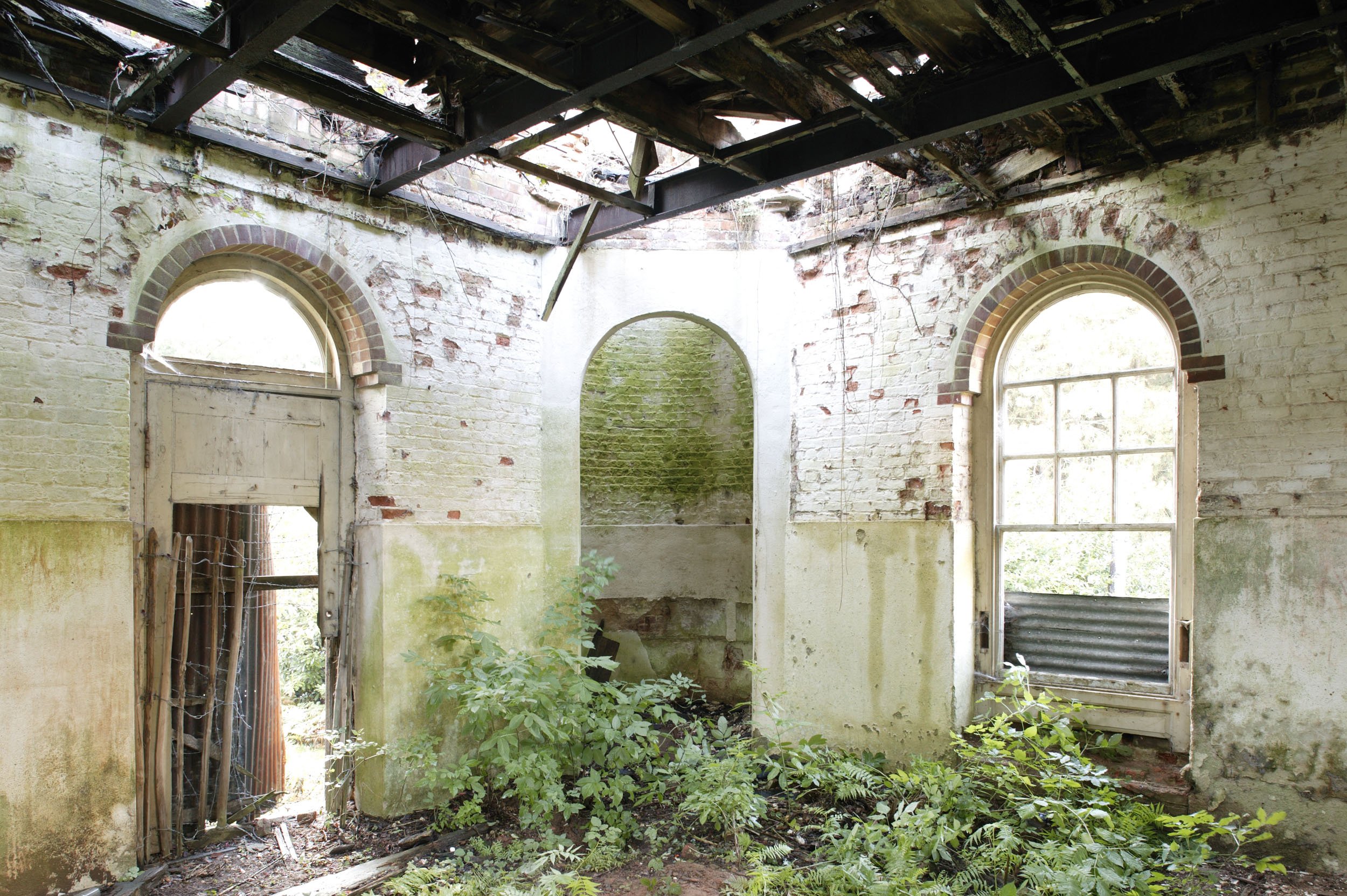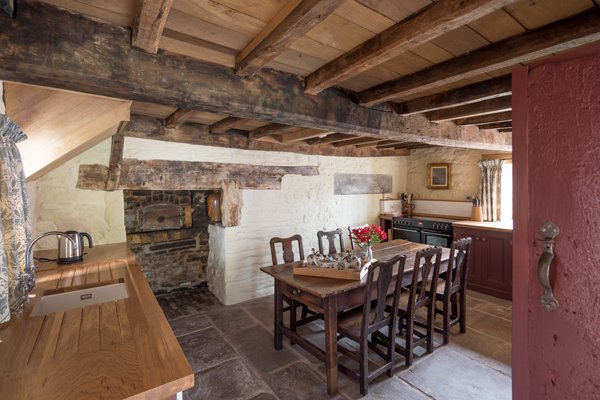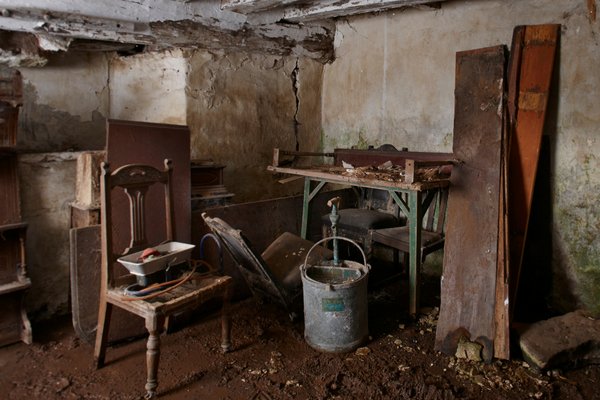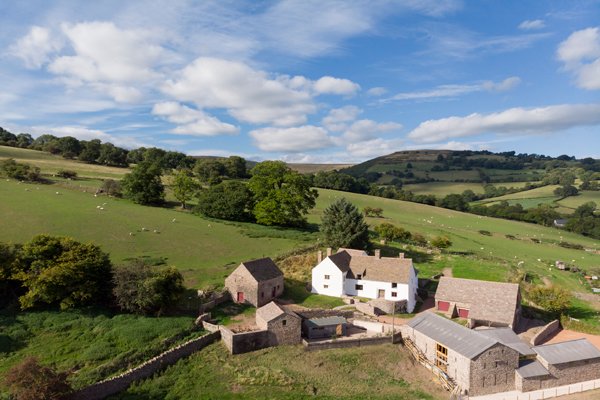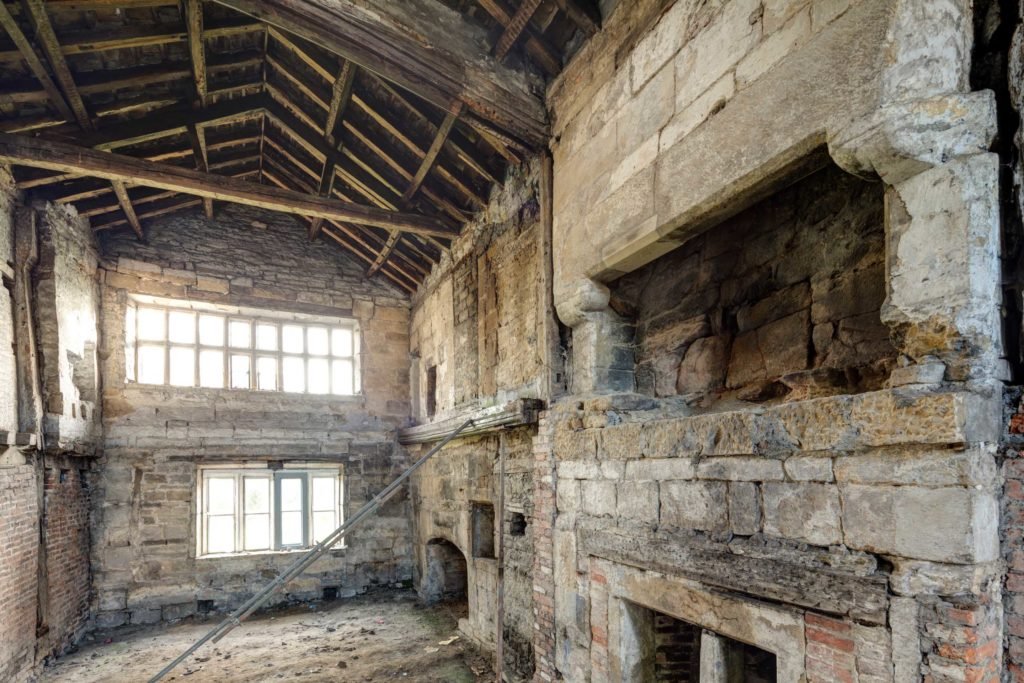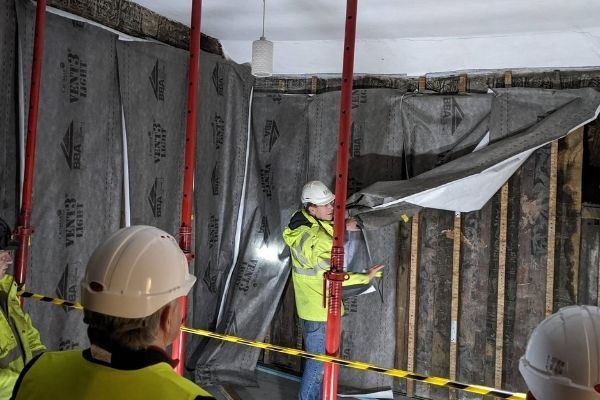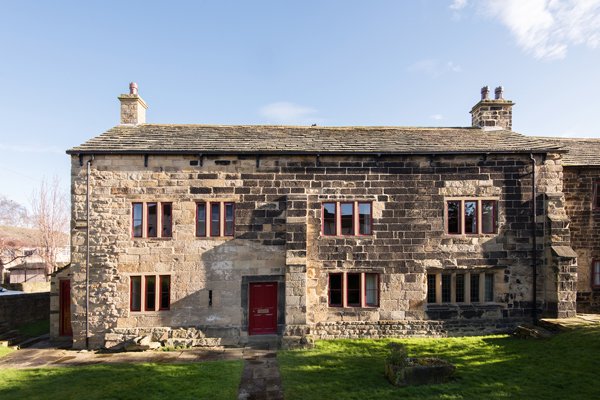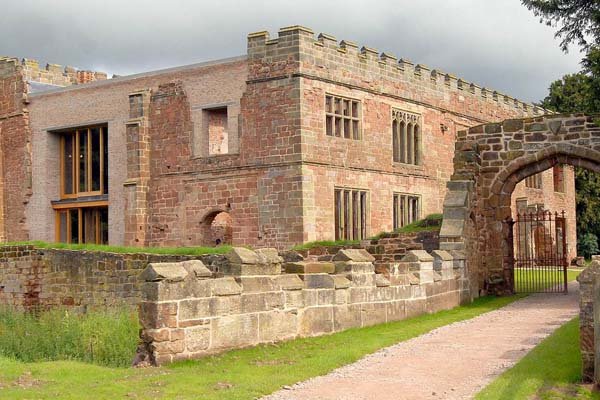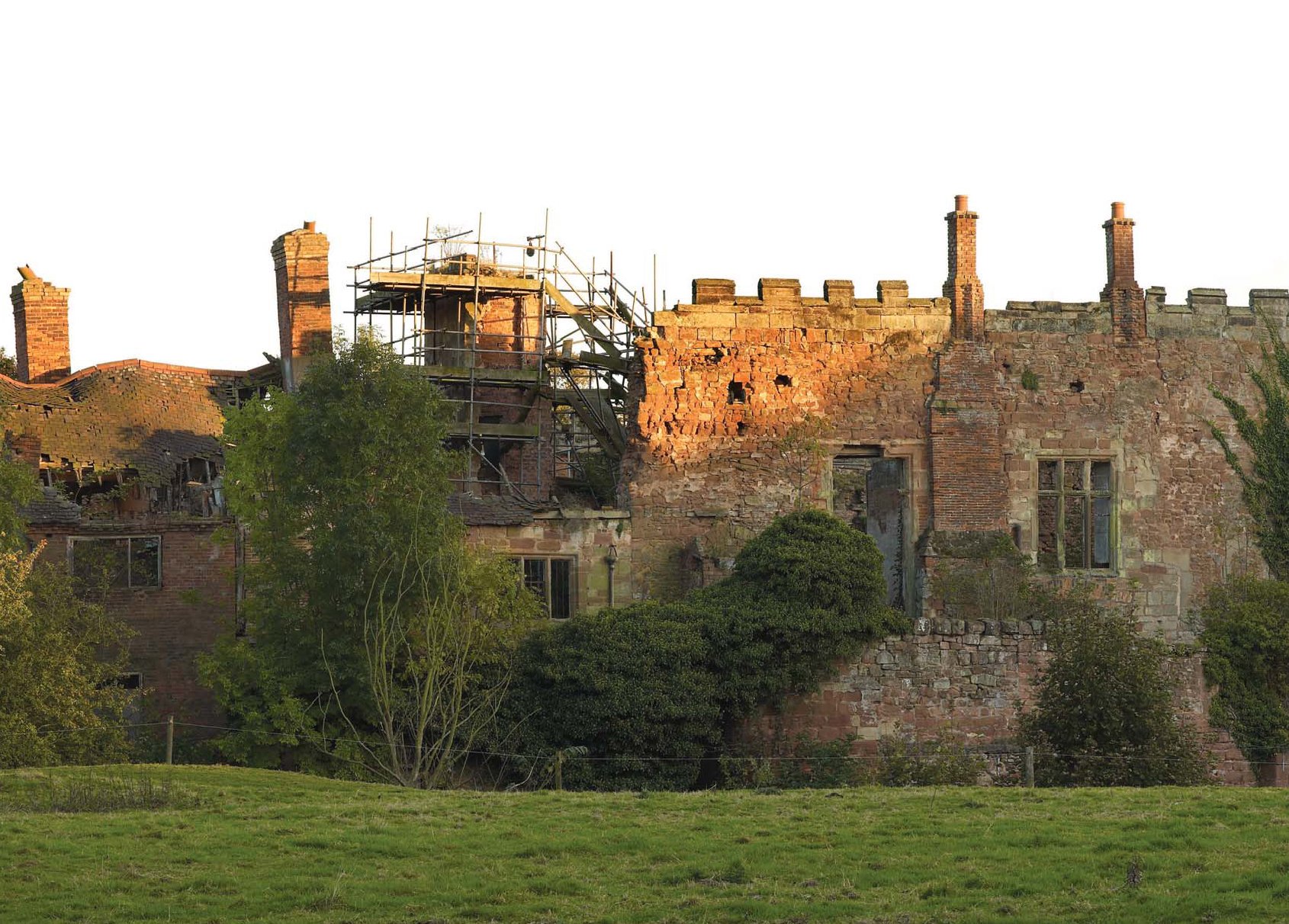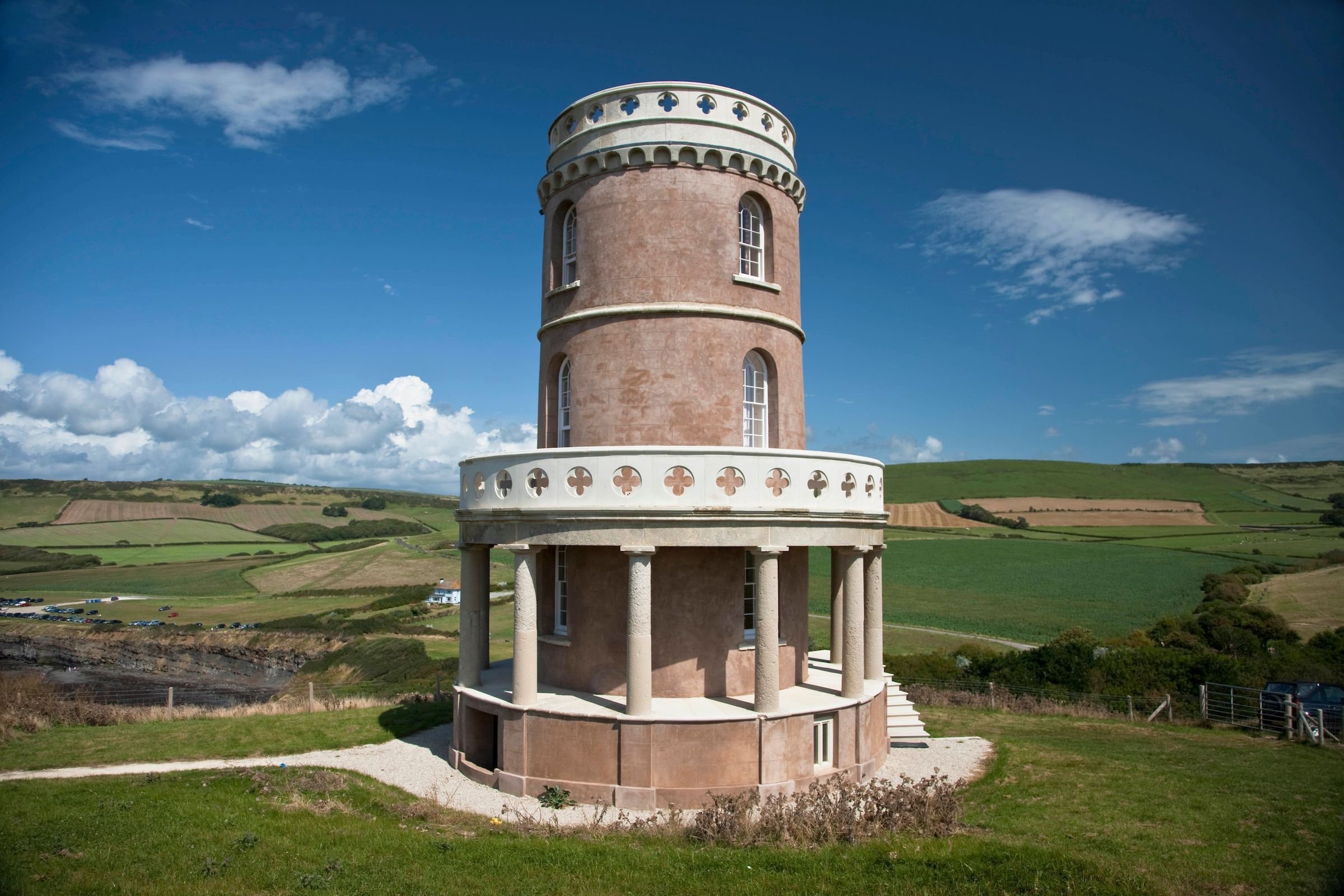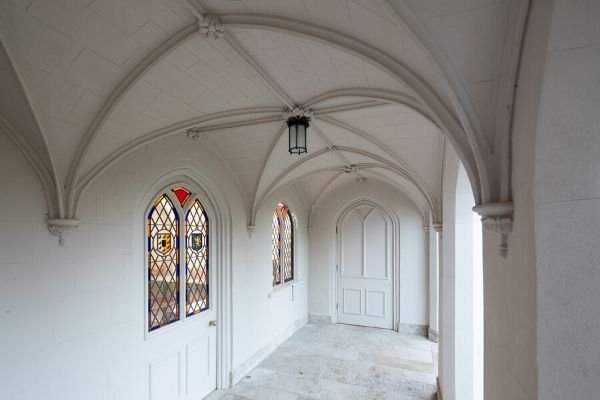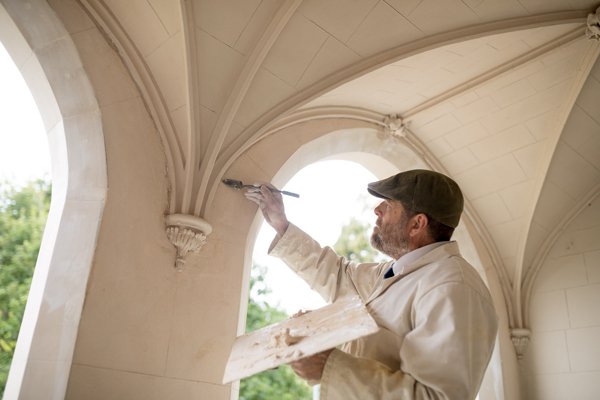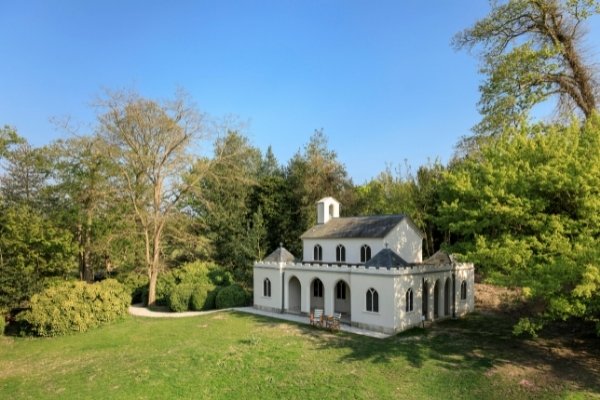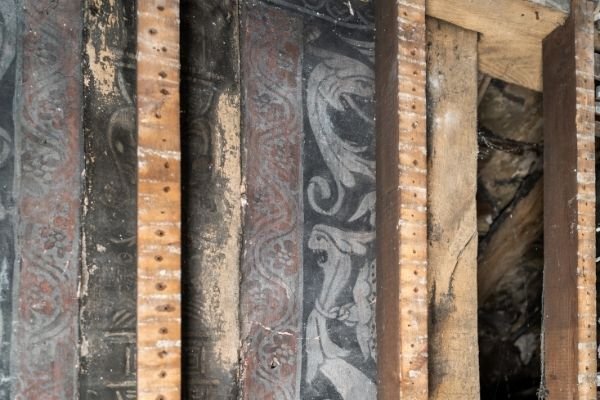Working with the Landmark Trust
The Historic Houses Foundation works regularly with many heritage partners. We have one recurring and notably successful partnership with the Landmark Trust with whom we have been working since 2006.
The values of the Landmark Trust closely parallel those of the Historic Houses Foundation. We are both moved to save quirky historic buildings for their character and the unrivalled variety they bring to our heritage landscape. The work of the Landmark Trust provides a viable commercial solution that ensures that the buildings they adopt will have a real future; to us ensuring that historic buildings are given a sustainable purpose is essential.
The First HHF grant
It all began in 2006 – the first grant the Historic House Foundation ever gave was to the Landmark Trust for the rescue of Queen Anne’s Summerhouse, part of the Old Warden estate in Bedfordshire. This eccentric little brick building was probably built by linen draper Sir Samuel Ongley to celebrate his knighthood in the reign of Queen Anne in 1712. It was derelict and needed extensive specialist brick repair despite having been restored in 1878 when a balustrade was added. It stands on the highest point of the estate and would have been a pleasant destination for a stroll or a carriage ride, ending in refreshments prepared in the basement kitchen. Today, it is a compact bedsit, with a bathroom where the kitchen once was, and a popular and secluded holiday let for two.
On the Brink of Collapse
In the same year, the Historic Houses Foundation gave another grant to the Landmark Trust for one of its more ambitious restoration projects. Clavell Tower on the Smedmore Estate in Dorset was a folly erected by the Reverend John Richards Clavell in 1830 as an observatory and lookout over Kimmeridge Bay. When the Landmark Trust took on the Tower, the days when you could drive a coach and four between the cliff edge and the building were long gone and the Tower was in imminent danger of collapsing over the receding precipice. The urgency of the project made the Historic Houses Foundation an ideal early funder to assess the feasibility of moving the entire building back from the edge. Clavell Tower was meticulously recorded and moved back to a point on the cliff where it should be safe for at least two hundred years into the future. It is a remote and picturesque spot for two people to experience the sunsets from a series of quirky circular rooms.
Marrying Old and New
On an even more ambitious scale, the saving of Astley Castle in Warwickshire earned the Landmark Trust a prestigious Stirling Prize for Architecture. The Historic Houses Foundation grant in 2010 was a small but vital contribution to what was to become a groundbreaking restoration project. An important fortified manor associated with three Queens of England, the castle was listed by English Heritage as one of the most endangered sites in England. Its restoration, preserving the historic fabric but setting it against modern interiors, creates as comfortable and stylish holiday let for eight people within the ruin.
A Welsh Rarity
Like the Historic Houses Foundation, the Landmark Trust also operates in Wales and have created another eight-person holiday let from the extraordinary survival of a rare late- medieval Prior’s house at Llwyn Celyn in Monmouthshire. The Historic Houses Foundation grant played a small part in the inspiring restoration of this ancient building which had been in a slow decline since around 1600. Today the remote farmhouse on the grounds of Llanthony Priory is in better shape than it has been since it was built in 1420 including remarkable carved door heads and the original dais bench in the Great Hall.
Playing at Dairymaids
The Historic Houses Foundation’s next collaboration with the Landmark Trust was the rescue in 2017 of a charming gothic dairy, built for Elizabeth, wife of the 4th Earl of Darnley, by architect James Wyatt, as a model dairy where she could escape the formality of aristocratic life. The transformation is extreme, from a crumbling brick wreck to a gleaming white stuccoed gem, providing elegant accommodation for two in the midst of the Cobham estate woodlands.
Rescuing a Yorkshire Hall-house
2022 brings us up to date with a grant at the start of a Landmark Trust project to rescue another medieval hall-house, this time in England. Calverley Old Hall in West Yorkshire has been owned by the Landmark Trust since 1981 but only one small 17th century part has been available for letting. Now the restoration of the 14th century solar block and 16th century great hall, parlour and chapel, which make up the rest of the building, will rediscover the original medieval form of the building as well as some of the many alterations it has undergone in its long history. The gradual architectural development of the house echoes the rising and declining fortunes of the Calverley family who built the first stone house around 1300. Important features from the high point of the family’s fortunes in the area are being revealed including a magnificent early 16th century hammerbeam roof in the Great Hall and Tudor wall paintings in an upstairs chamber. In the early 18th century the family married an heiress and abandoned the house which gradually declined until it eventually was divided into 11 cottages. Now, the Historic Houses Foundation is proud to be able to work with the Landmark Trust, once again, to enable their extraordinary goal of revitalising a building that has survived the centuries.

